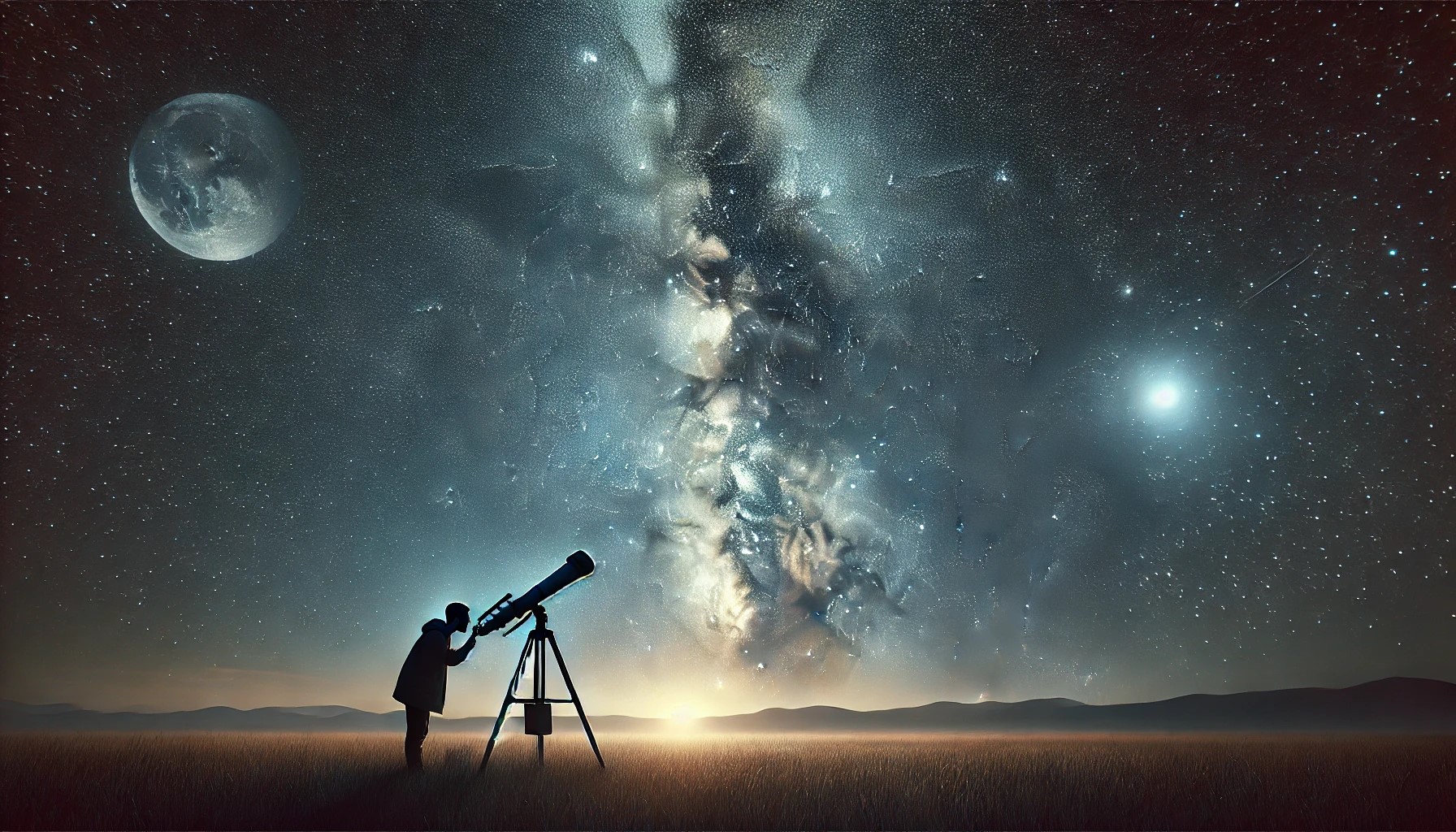Using a telescope should be an exciting and rewarding experience, but many beginners run into common pitfalls that can lead to frustration. The right knowledge can save time and make stargazing far more enjoyable. Below are the most frequent mistakes new telescope users make and practical ways to avoid them.
1. Choosing the Wrong Telescope
Many newcomers buy a telescope based on magnification claims, thinking higher power equals better views. This often leads to poor image quality and disappointment.
How to Avoid It:
- Prioritize aperture over magnification. A larger aperture collects more light, improving image clarity.
- Refractors, reflectors, or compound telescopes—each has strengths and weaknesses. Consider where and how it will be used.
- Avoid department store telescopes that advertise extreme magnification without discussing optics quality.
2. Skipping the Manual and Setup Instructions
Many telescopes require fine adjustments, yet impatience often leads to misalignment and poor performance.
How to Avoid It:
- Read the manual carefully before assembly.
- Set up the telescope indoors first to familiarize yourself with the parts.
- Learn how to align the finderscope before heading outside.
3. Ignoring Collimation in Reflector Telescopes
Newtonian reflectors require occasional mirror alignment (collimation), but many users neglect this, leading to blurry or distorted images.
How to Avoid It:
- Check collimation before observing, especially after transportation.
- Use a collimation cap or laser collimator for accuracy.
- If unsure, test alignment using a bright star—out-of-focus rings should be concentric.
4. Using the Wrong Eyepieces
High-power eyepieces often reduce image brightness and clarity, making objects hard to see. Many assume that using the highest magnification possible is the best approach.
How to Avoid It:
- Start with a low-power eyepiece (25-32mm) to locate objects easily.
- Gradually increase magnification using a mid-range eyepiece (10-15mm) before switching to higher power.
- Consider a Barlow lens to double magnification while keeping a comfortable field of view.
5. Observing from Light-Polluted Areas
City lights wash out faint celestial objects, making deep-sky viewing nearly impossible.
How to Avoid It:
- Travel to a darker location whenever possible.
- Use a light pollution filter for better contrast.
- Allow at least 20-30 minutes for your eyes to adjust to the dark.
6. Expecting Hubble-Like Images
Many expect vibrant, high-resolution images similar to space telescope photos, only to be disappointed by the dim, grayish views of deep-sky objects.
How to Avoid It:
- Understand that telescopes provide real-time, natural views that differ from long-exposure astrophotography.
- Enjoy the detail and structure of planets, nebulae, and galaxies through patience and practice.
- Use sky charts or astronomy apps to know what to expect.
7. Not Allowing the Telescope to Cool Down
Bringing a telescope from a warm indoor environment to a cool night sky can cause thermal turbulence, leading to distorted images.
How to Avoid It:
- Set up the telescope outside 30-60 minutes before observing to let the optics adjust.
- Store the telescope in a garage or shed to minimize temperature shock.
8. Rushing to Find Objects Without Preparation
Jumping straight into the sky without knowing what to look for can lead to frustration.
How to Avoid It:
- Use star maps, apps, or planetarium software to plan the night’s session.
- Start with easy-to-find objects like the Moon, Jupiter, or Saturn.
- Use a finderscope or red-dot finder to locate targets before switching to the main eyepiece.
9. Ignoring the Importance of a Stable Mount
A wobbly tripod or unstable mount can make even the best optics unusable.
How to Avoid It:
- Invest in a sturdy, vibration-resistant mount.
- If using a Dobsonian telescope, set it on level ground for smooth movement.
- Use anti-vibration pads to reduce shaking, especially on hard surfaces.
10. Overlooking Atmospheric Conditions
Even the best telescope struggles against poor atmospheric seeing. Heat waves, humidity, and turbulence distort images.
How to Avoid It:
- Observe away from buildings, pavement, and other heat sources that create rising air currents.
- Check astronomical seeing forecasts to choose the best nights for detailed observations.
- Avoid observing right after sunset, as the atmosphere is still stabilizing.
11. Forgetting to Maintain the Telescope
Dirty optics, loose screws, and neglected storage can lead to long-term damage and reduced performance.
How to Avoid It:
- Store the telescope in a dry, dust-free environment with lens caps on.
- Clean optics only when necessary using a soft brush or compressed air.
- Regularly check and tighten any loose parts.
12. Giving Up Too Soon
Many beginners get frustrated after a few unsuccessful nights and abandon the hobby.
How to Avoid It:
- Start with easy targets and gradually build experience.
- Join astronomy clubs or online communities for guidance.
- Keep a logbook to track observations and progress.
Avoiding these mistakes leads to better stargazing sessions, making the experience more enjoyable and rewarding. With patience and practice, telescopes reveal breathtaking views of the universe, turning each night under the stars into an unforgettable journey.
